Easiest Indoor Plants to Keep Alive for Beginners
Discover the 10 easiest indoor plants to keep alive for beginners. Our guide covers low-light, air-purifying houseplants perfect for your tiny home.
The Unkillables: A Beginner’s Guide to the 10 Best Houseplants for a Thriving Tiny Home
There is nothing that makes a house feel more like a home than a touch of living green. Plants breathe life into a space, purify the air, and connect us to the natural world in a way that no other piece of decor can. As a passionate advocate for creating serene and healthy small spaces at Neat Tiny Home, I consider houseplants to be an essential, non-negotiable element of good design. They can make a tiny room feel more vibrant, more welcoming, and infinitely more alive. But I also hear the fear in people’s voices: “I have a black thumb,” they’ll say, “I kill everything I touch.” I’m here today to tell you that this is a myth. You don’t have a black thumb; you’ve just been starting with the wrong plants.
This is your ultimate, confidence-boosting guide to the easiest indoor plants to keep alive for beginners. We’re going to put the “black thumb” myth to rest for good. This isn’t just a list; it’s a complete primer on the absolute basics of houseplant care, designed to give you the foundational knowledge you need to succeed. We’ll talk about light, water, and the common pitfalls to avoid. Then, we will dive into my curated list of the top 10 most resilient, forgiving, and beautiful houseplants on the planet. We’ll cover fantastic low light houseplants for those darker corners and highlight the best air purifying plants to keep your home’s air fresh and clean. My goal is to empower you to bring the beauty of nature indoors, without the stress or the guilt. Get ready to discover your inner green thumb.
The Green Revolution: Why Every Tiny Home Needs a Houseplant
Before we get into the specifics, let’s talk about why this is such a worthwhile endeavor. The benefits of sharing your home with plants go far beyond simple aesthetics. They are quiet, hardworking roommates that actively improve your quality of life. In a small, enclosed space like a tiny home or apartment, these benefits are even more pronounced. They can help a compact room feel less static and more dynamic, and their vertical lines can draw the eye upward, creating an illusion of height. It’s a simple addition that can have a profound impact on how you feel in your own home.
More Than Just Decor: The Health Benefits of Indoor Plants
The positive impact of houseplants on our well-being is backed by science. One of the most famous studies is the NASA Clean Air Study, which found that a variety of common houseplants are incredibly effective at removing common airborne toxins like benzene, formaldehyde, and trichloroethylene from the air. This makes them natural, beautiful air purifying plants. Beyond air quality, studies have consistently shown that the presence of plants can reduce stress, lower blood pressure, and even improve concentration and productivity. In a world where we spend so much time indoors, bringing a piece of nature inside is a powerful act of self-care.
The Three Pillars of Houseplant Survival: A Beginner’s Primer
Forget everything you think you know about complicated plant care. For 99% of the plants on this list, success boils down to three simple things: light, water, and drainage. If you can get these three pillars right, you can keep a plant alive. It’s that simple.
- Pillar 1: Light. This is the most important factor. You must match the plant to the light you have. “Bright, indirect light” is the sweet spot for most houseplants—this means a spot near a window where the sun’s rays don’t directly hit the leaves for hours on end.
- Pillar 2: Water. The number one cause of death for houseplants is overwatering. More plants die from too much love than from neglect. We’ll cover the right way to water in a moment.
- Pillar 3: Drainage. This is directly related to watering. The pot your plant lives in MUST have a hole in the bottom. Without a drainage hole, excess water will pool at the bottom of the pot and rot your plant’s roots. This is non-negotiable.
| Plant Name | Light Needs | Water Needs | Key Benefit |
|---|---|---|---|
| 1. Snake Plant | Low to Bright, Indirect | Very Low (Drought-Tolerant) | Top Air Purifier |
| 2. ZZ Plant | Low to Bright, Indirect | Very Low (Drought-Tolerant) | Nearly Indestructible |
| 3. Pothos | Low to Bright, Indirect | Medium (Dries Out Between Waterings) | Fast-Growing, Trailing Vine |
| 4. Spider Plant | Bright, Indirect | Medium | Produces “Babies”, Air Purifying |
| 5. Cast Iron Plant | Very Low Light Tolerant | Low to Medium | Thrives on Neglect |
My Top 10 Easiest Indoor Plants to Keep Alive for Beginners
Alright, it’s time for the main event. This list is my personal collection of the most resilient, forgiving, and rewarding houseplants out there. These are the plants that will give you the confidence to grow your collection and will tolerate a bit of beginner’s error. For a great place to browse and buy many of these online, I recommend sites like The Sill or Bloomscape, which are fantastic for beginners.
1. Snake Plant (Sansevieria trifasciata) – The Unkillable
If you buy only one plant from this list, make it a Snake Plant. These plants are the definition of indestructible. They are famous for tolerating an incredible range of conditions. They prefer bright, indirect light but will do just fine in very low light. They are succulents, so they store water in their leaves, making them extremely drought-tolerant. You should only water them when the soil is bone dry, which might be as infrequently as once a month in the winter. On top of all that, they are one of the top NASA-recommended air purifying plants, known for filtering toxins from the air. Their tall, architectural leaves add a modern, structural element to any room.
2. ZZ Plant (Zamioculcas zamiifolia) – The Drought-Tolerant Champion
A close second to the Snake Plant in terms of sheer resilience is the ZZ Plant. It has beautiful, waxy, dark green leaves and thrives on neglect. Seriously. This is the plant for people who travel a lot or are admittedly forgetful. Like the Snake Plant, it is extremely drought-tolerant thanks to the large, potato-like rhizomes under the soil that store water. It also tolerates very low light conditions, making it one of the absolute best low light houseplants. The only way to kill a ZZ Plant is to overwater it. Let the soil dry out completely between waterings, and it will be happy.
3. Pothos (Epipremnum aureum) – The Cascading Classic
The Pothos is the quintessential hanging or trailing plant for beginners. It’s fast-growing, beautiful, and incredibly easy to care for. It will tolerate low light, but its variegation (the splashes of yellow or white on its leaves) will be more pronounced in bright, indirect light. The best part about a Pothos is that it “talks” to you. When it’s thirsty, its leaves will begin to look slightly soft and droopy. Give it a good drink, and within a few hours, it will perk right back up. This makes it a fantastic learning plant. It’s also ridiculously easy to propagate: just snip off a piece of vine, stick it in a glass of water, and it will grow new roots in a few weeks.
5. Cast Iron Plant (Aspidistra elatior) – The Low-Light Legend
The name says it all. This plant is as tough as cast iron. It earned its name during the Victorian era when it was one of the few plants that could survive in dark, gloomy, gas-lit parlors. It has large, elegant, deep green leaves and is the ultimate choice for that dark corner of your home where nothing else will grow. It is perhaps the most tolerant of all low light houseplants. It grows very slowly and is not a flashy plant, but its quiet, steady presence and ability to thrive on near-total neglect make it a true beginner’s champion. For more in-depth care guides on specific plants, I often consult educational resources like the NC State Extension Gardener Plant Toolbox.
A Critical Note on Pet Safety
As we fill our homes with beautiful plants, it is absolutely critical to consider our furry friends. Many common houseplants are toxic to cats and dogs if ingested. Before you bring any new plant into your home, it is your responsibility to check if it is safe for your pets. The number one resource for this is the ASPCA’s Toxic and Non-Toxic Plant List. You can search for any plant on their comprehensive database. From our list above, the Spider Plant and Parlor Palm are excellent non-toxic choices. Pothos, Snake Plants, and ZZ Plants, however, are toxic and should be kept out of reach of curious pets.
Troubleshooting the Most Common Beginner Plant Problems
Even with the easiest plants, you might run into a few issues. Don’t panic! It’s just your plant’s way of communicating with you. Here’s how to decode the most common problems.
Why are My Leaves Turning Yellow?
Yellowing leaves are the most common plant problem, and 9 times out of 10, the culprit is overwatering. When the soil is constantly waterlogged, the roots can’t breathe and begin to rot, which prevents them from absorbing nutrients, leading to yellow leaves. The solution is simple: water less often! Make sure the pot has drainage, and always use the “finger test” to check if the soil is actually dry before you water again.
What are These Brown Crispy Tips on My Spider Plant?
Brown, crispy leaf tips are often a sign of a humidity issue or a sensitivity to minerals in your tap water. Many houseplants are native to humid, tropical environments and can find our dry, indoor air a bit harsh. You can increase humidity by grouping your plants together or placing them on a pebble tray with water. If you suspect your tap water is the issue (as it can contain fluoride and chlorine), try watering with distilled or rainwater and see if the new growth improves. For an amazing deep dive into the science of houseplant care, I highly recommend Darryl Cheng’s blog, Houseplant Journal.
Bringing plants into your home is a journey, not a destination. You’ll learn what works in your specific space and what your plants like. Start with one or two from this list, and watch your confidence and your urban jungle grow. Happy planting!
Frequently Asked Questions (FAQ)
Do I need to fertilize my houseplants?
Yes, but not as much as you might think. During the growing season (spring and summer), it’s a good idea to feed them with a balanced, all-purpose liquid fertilizer, diluted to half-strength, about once a month. During the fall and winter, most plants go dormant and don’t need to be fed at all. For the plants on this list, less is more. Over-fertilizing can burn their roots.
My apartment has no good natural light. Is it hopeless for me?
Not at all! This is where technology comes in. A simple, full-spectrum LED grow light can turn any dark corner into a thriving plant paradise. You can get simple screw-in bulbs that fit into any standard lamp, or you can get dedicated clip-on or stand-alone grow lights. This allows you to grow even sun-loving plants anywhere you want.
How do I know when it’s time to repot my plant?
Most of the slow-growing plants on this list will only need to be repotted every 2-3 years. You’ll know it’s time when you see roots growing out of the drainage holes at the bottom of the pot, or if the plant is drying out extremely quickly after watering because the pot is more roots than soil. When you do repot, only go up one pot size (e.g., from a 6-inch pot to an 8-inch pot). A pot that is too large can hold too much moisture and lead to root rot.
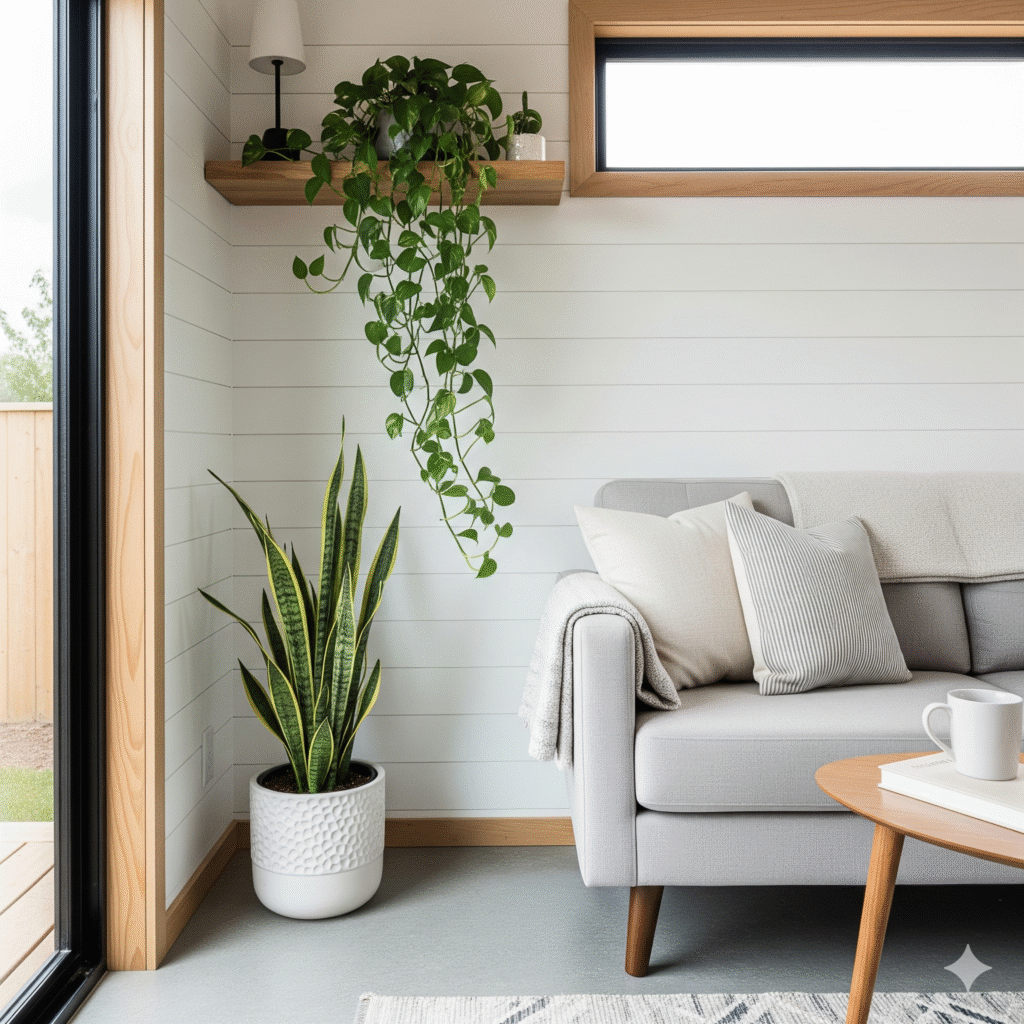
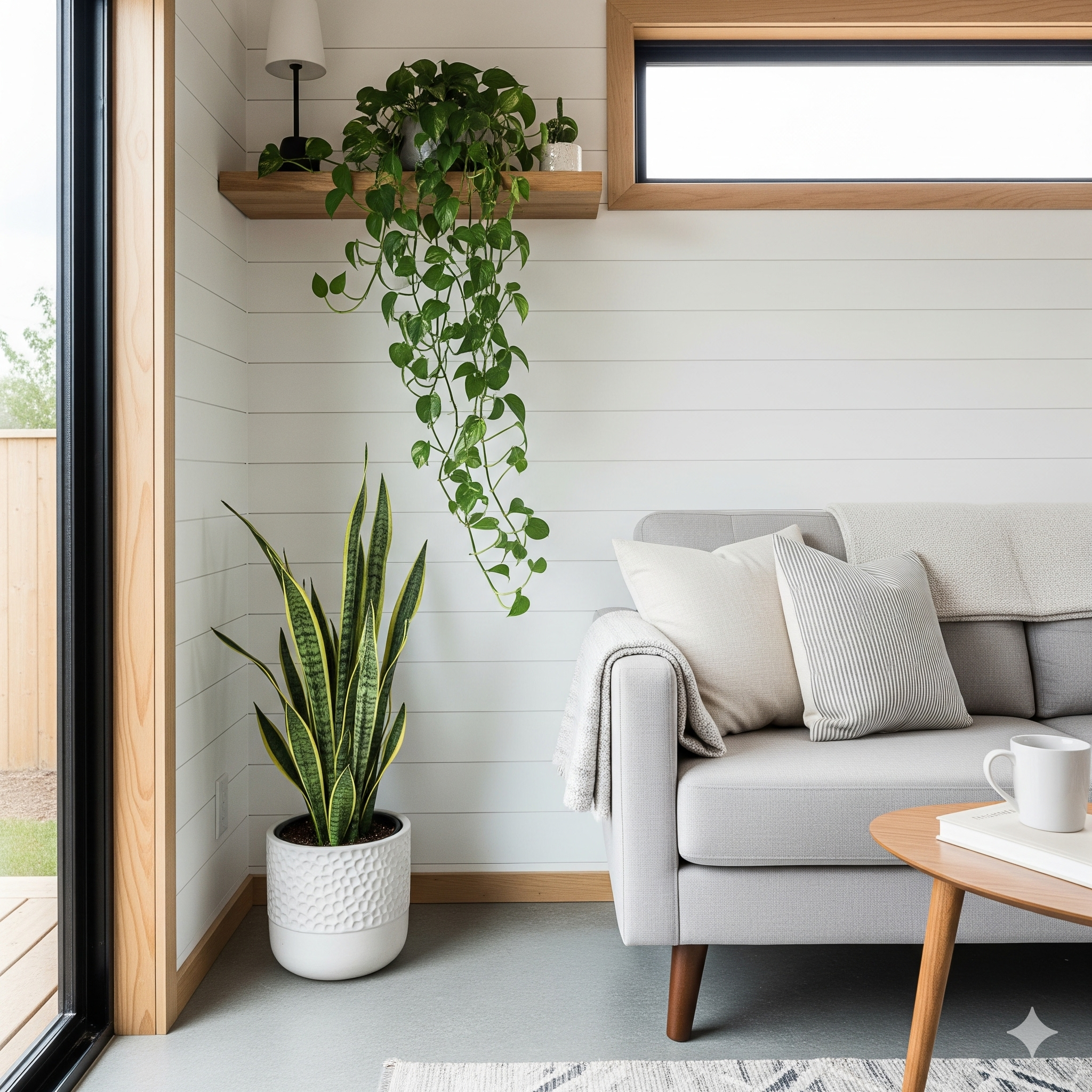
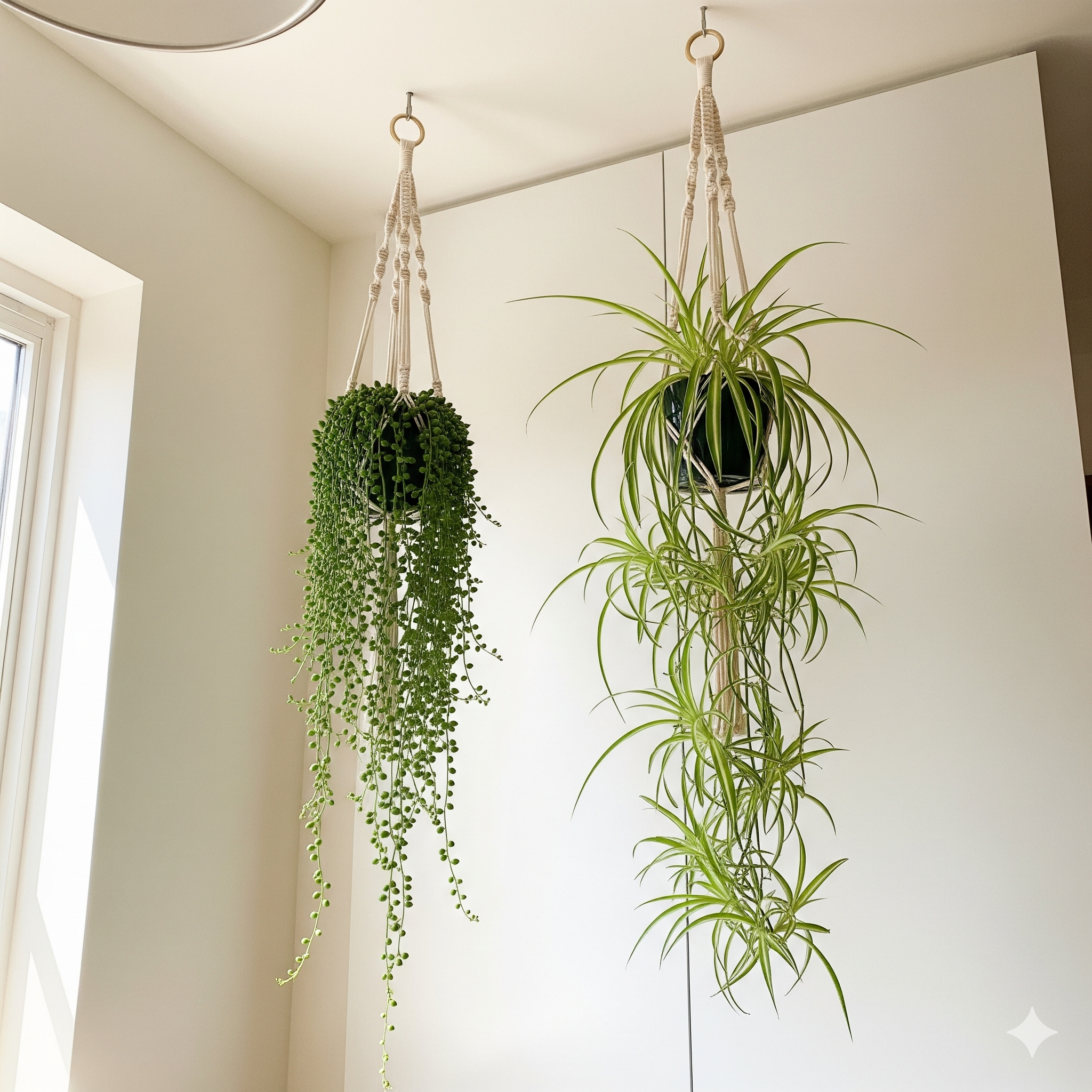
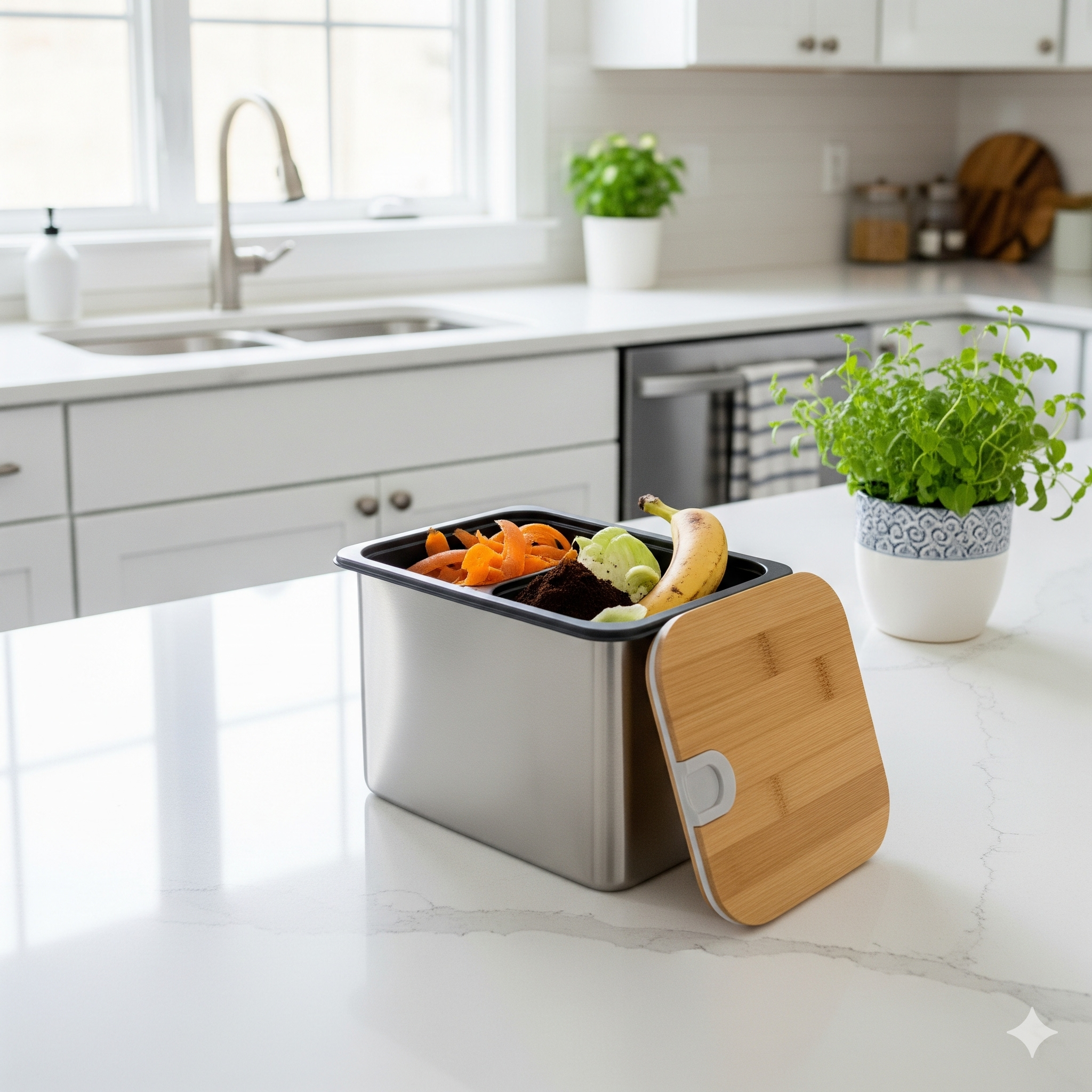
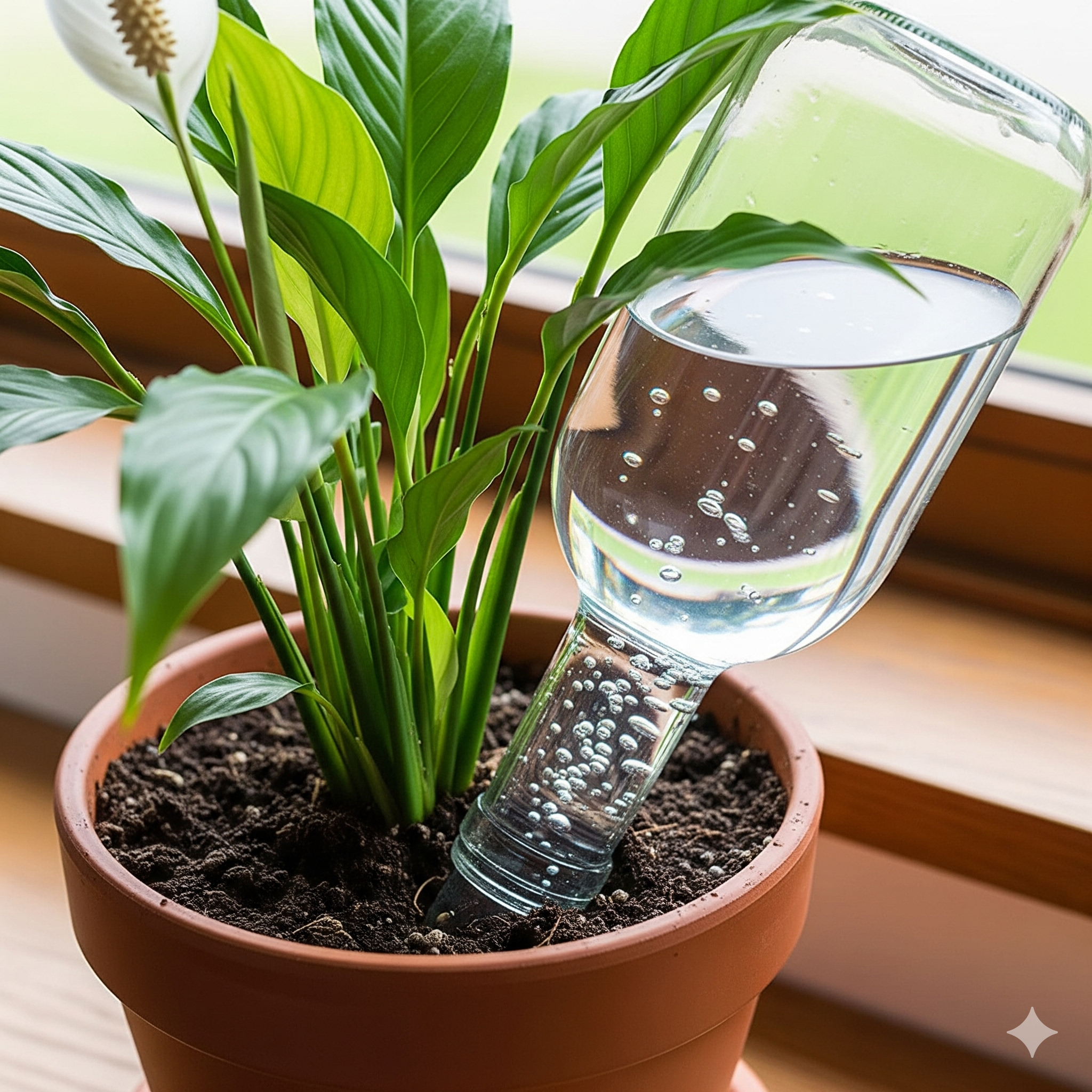
Post Comment